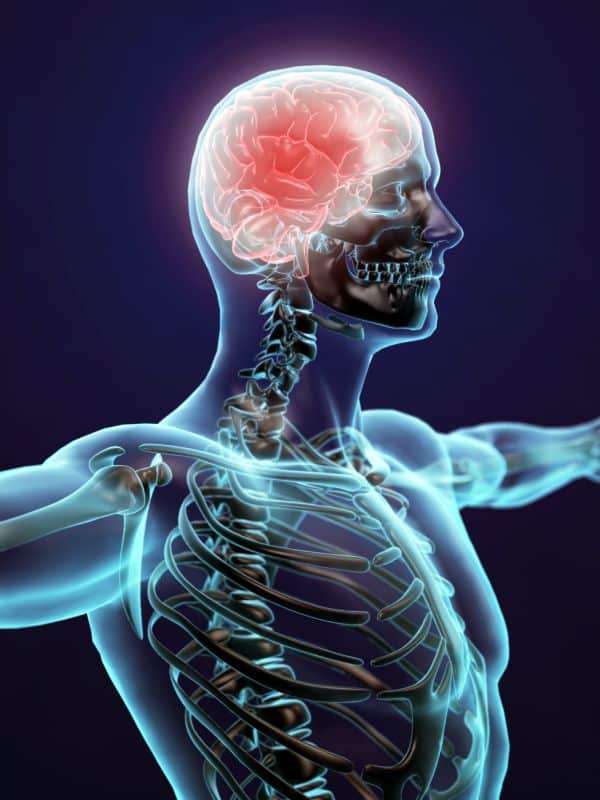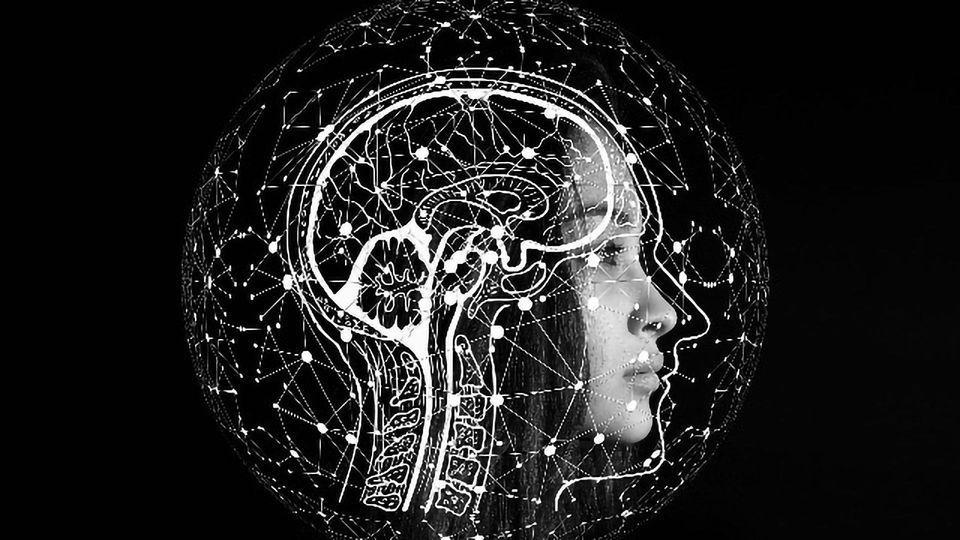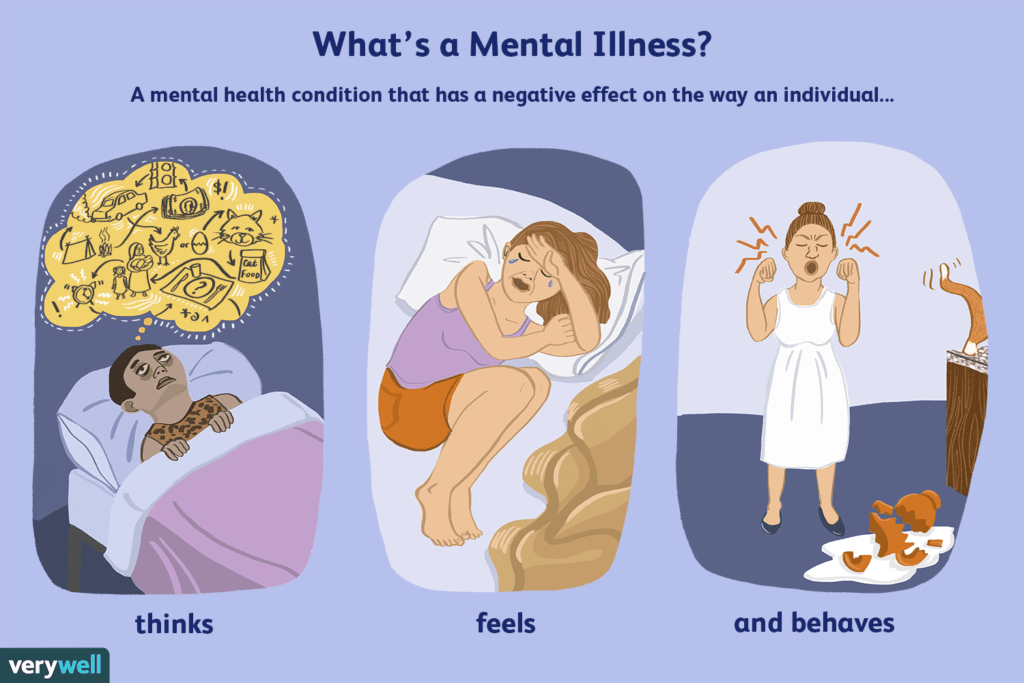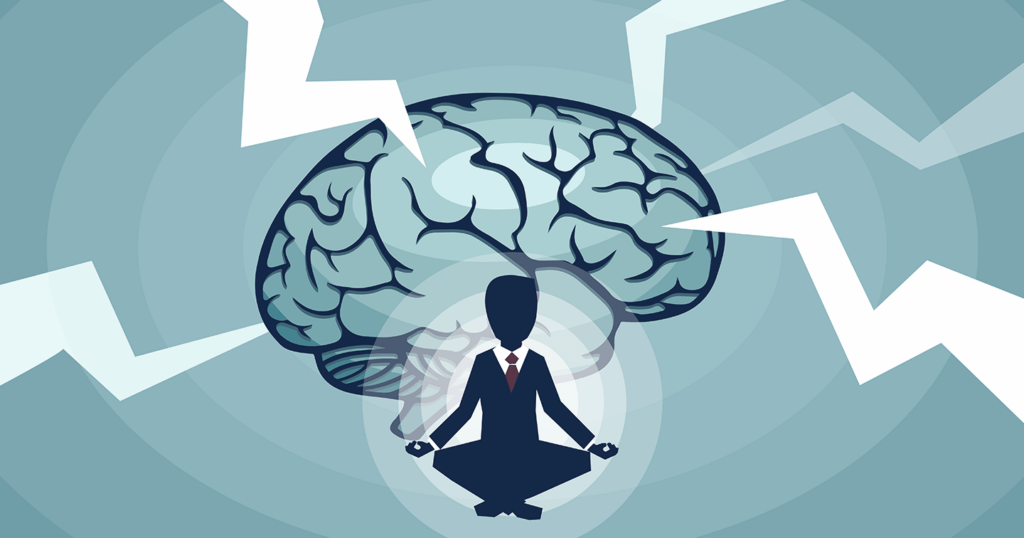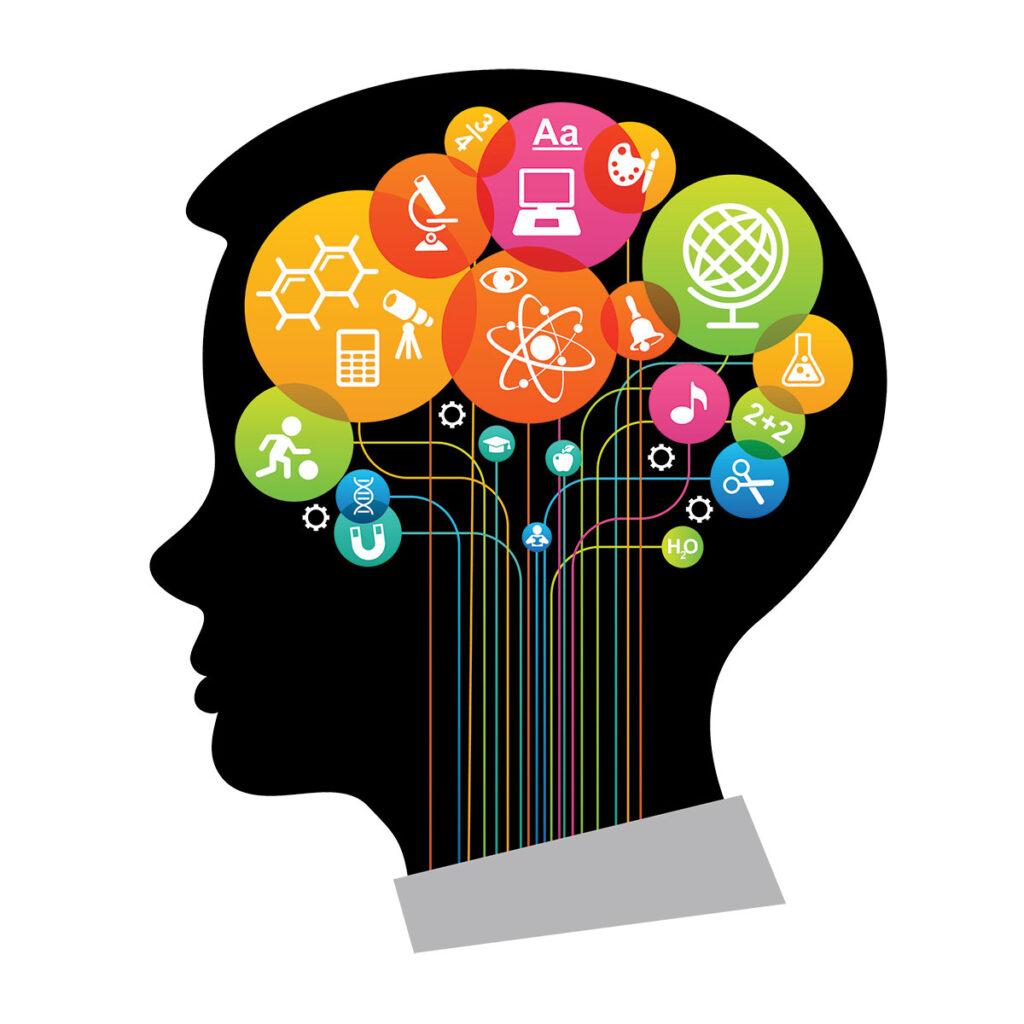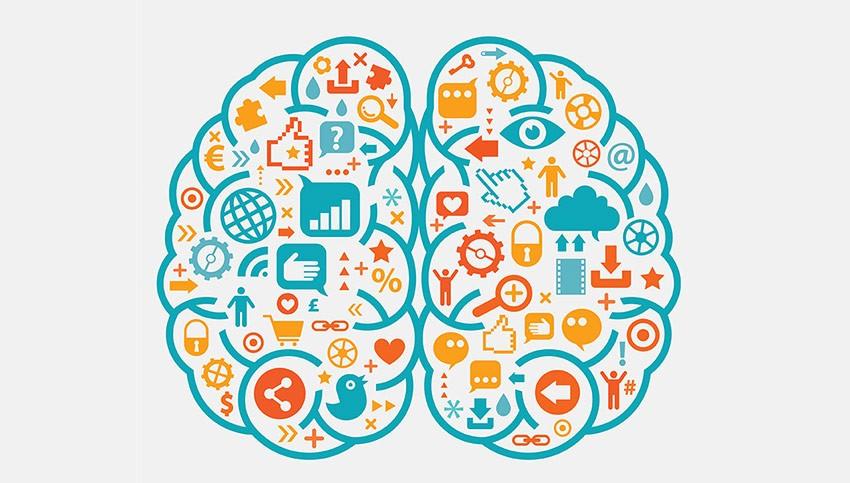Creativity: What is the creative process, and how can we enhance our own creativity?
Creativity is the ability to use imagination and original ideas to create something new and valuable. It is a vital aspect of human life that is expressed in different forms such as art, music, writing, design, and innovation.
The creative process involves generating ideas, developing them, and bringing them to life. In this essay, we will explore the creative process and how we can enhance our own creativity.

The Creative Process
The creative process is a complex and nonlinear process that involves several stages. The stages of the creative process are:
- Preparation: The preparation stage involves gathering information, researching, also learning about the problem or topic. This stage helps to build a foundation for generating ideas.
- Incubation: The incubation stage involves letting the information sit in the subconscious mind. This stage allows the brain to make connections also generate new ideas without conscious effort.
- Inspiration: The inspiration stage involves the sudden appearance of an idea or insight. People often refer to this stage as a “Eureka moment,” also it can happen at any time.
- Evaluation: The evaluation stage involves examining the idea also determining its value. This stage requires critical thinking to determine if the idea is worth pursuing.
- Implementation: The implementation stage involves bringing the idea to life. This stage involves developing and refining the idea until it becomes a finished product.
Enhancing Creativity
Creativity is not a fixed trait, and anyone can enhance their creativity with practice and effort. Here are some ways to enhance creativity:
- Change Your Environment: Changing your environment can help stimulate your mind also promote new ideas. This could mean working in a new location, rearranging your workspace, or listening to music.
- Take Breaks: Taking breaks allows the brain to rest and reset. This can help promote new ideas also insights.
- Brainstorming: Brainstorming is a process of generating a large number of ideas. One can do this individually or in a group setting. The goal is to generate as many ideas as possible without judgment.
- Mind Mapping: Mind mapping is a technique of visually organizing ideas. It involves creating a diagram that shows the relationship between different ideas. This technique can help promote new connections and insights.
- Exercise: Exercise has been shown to promote creativity by increasing blood flow also oxygen to the brain. This can help improve cognitive function and promote new ideas.
- Engage in Creative Activities: Engaging in creative activities such as writing, drawing, or playing an instrument can help stimulate the mind and promote new ideas.
- Read and Learn: Reading and learning about different topics can help expand your knowledge also promote new ideas. One can do this through books, articles, or online courses.
- Practice: Practice is essential to enhancing creativity. The more you practice generating ideas also bringing them to life, the easier it becomes.
Conclusion
Different forms express creativity, which is a vital aspect of human life. The creative process involves generating ideas, developing them, also bringing them to life. 온라인카지노
Enhancing creativity requires practice, effort, and a willingness to try new things. By changing your environment, taking breaks, brainstorming, mind mapping, exercising, engaging in creative activities, reading also learning, and practicing, you can enhance your creativity and bring new ideas to life.

